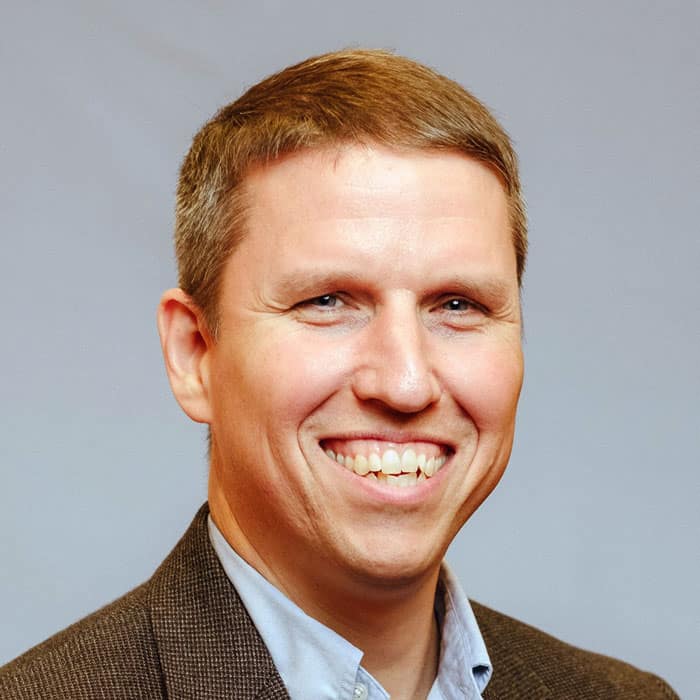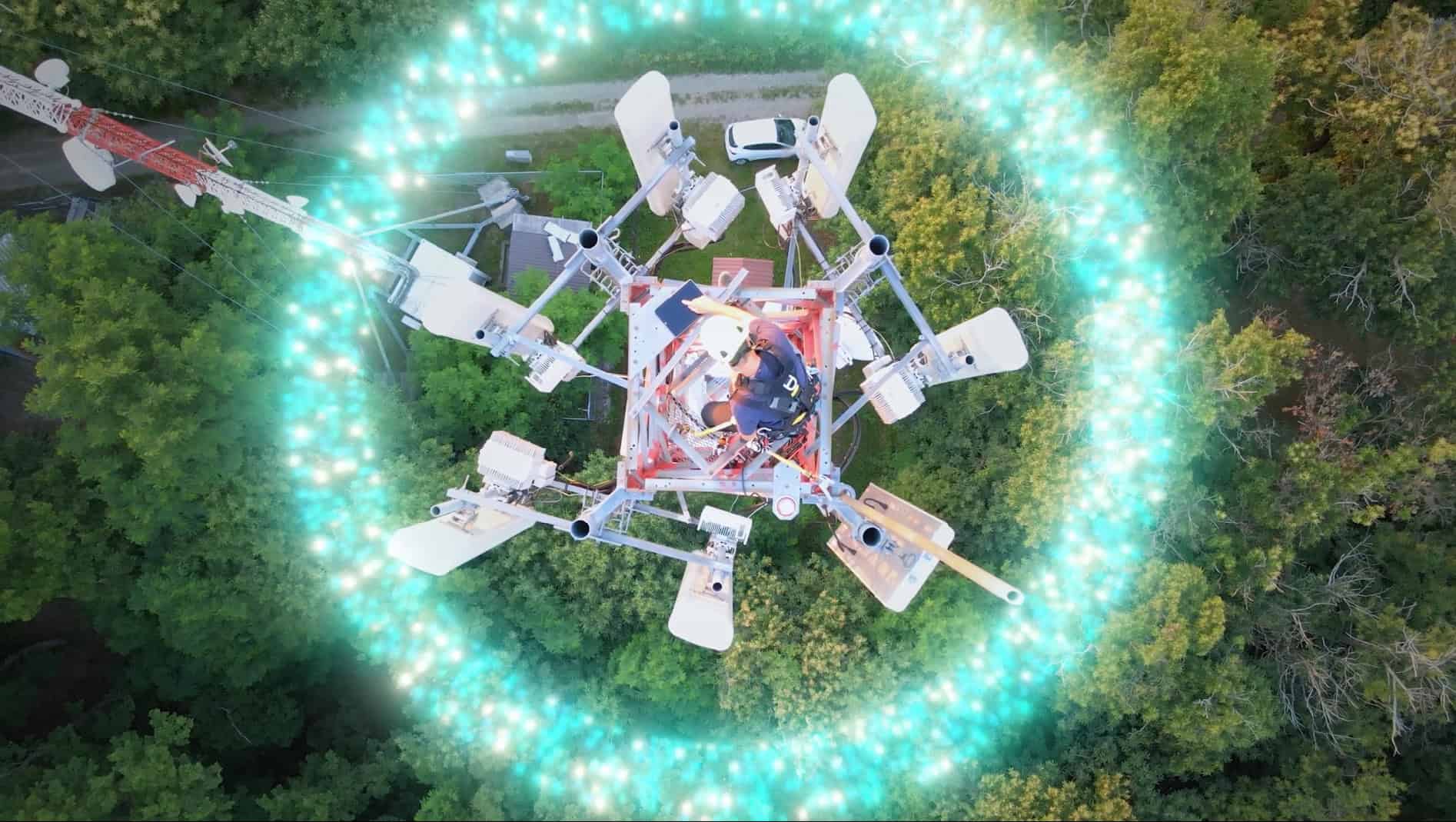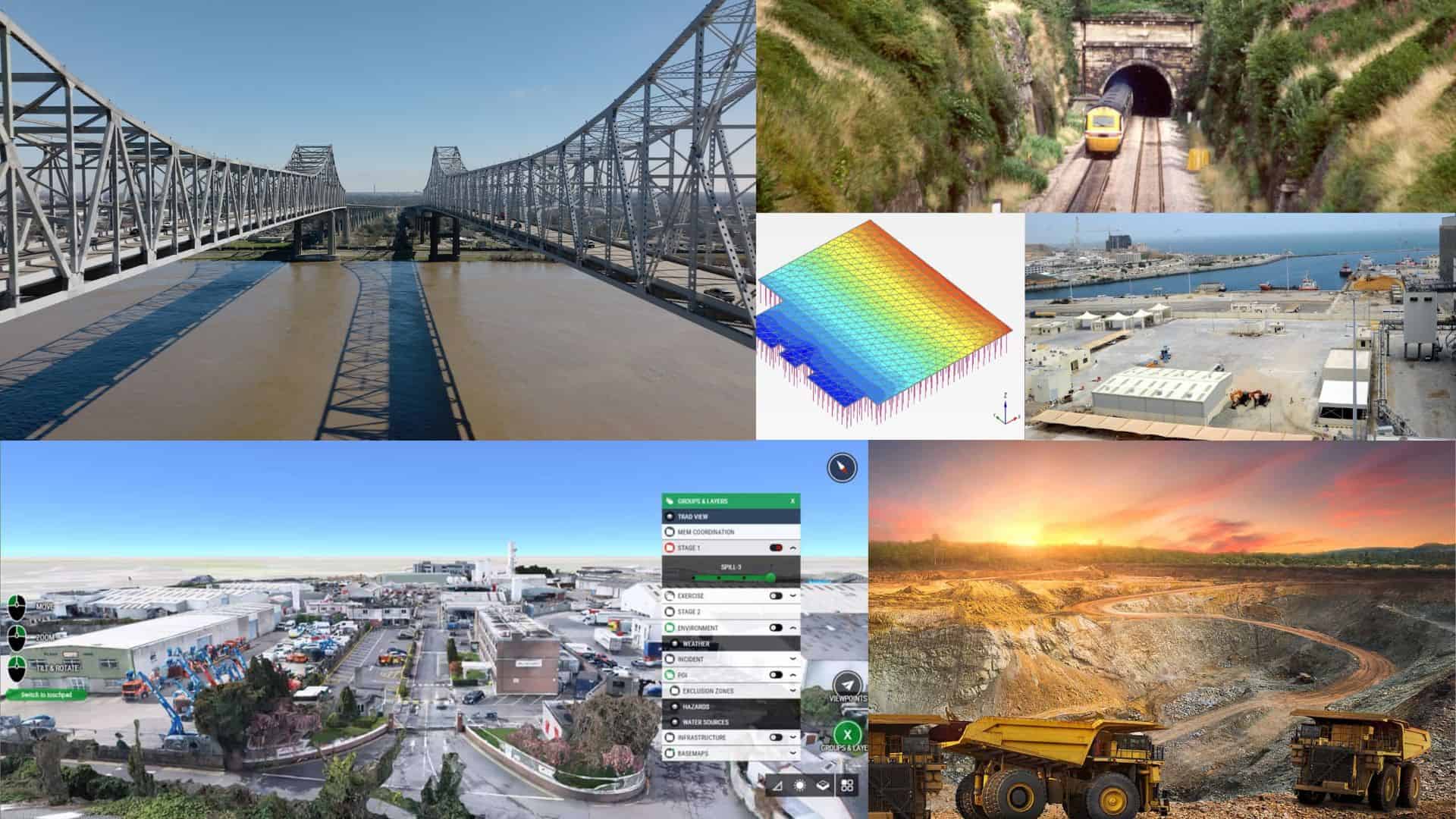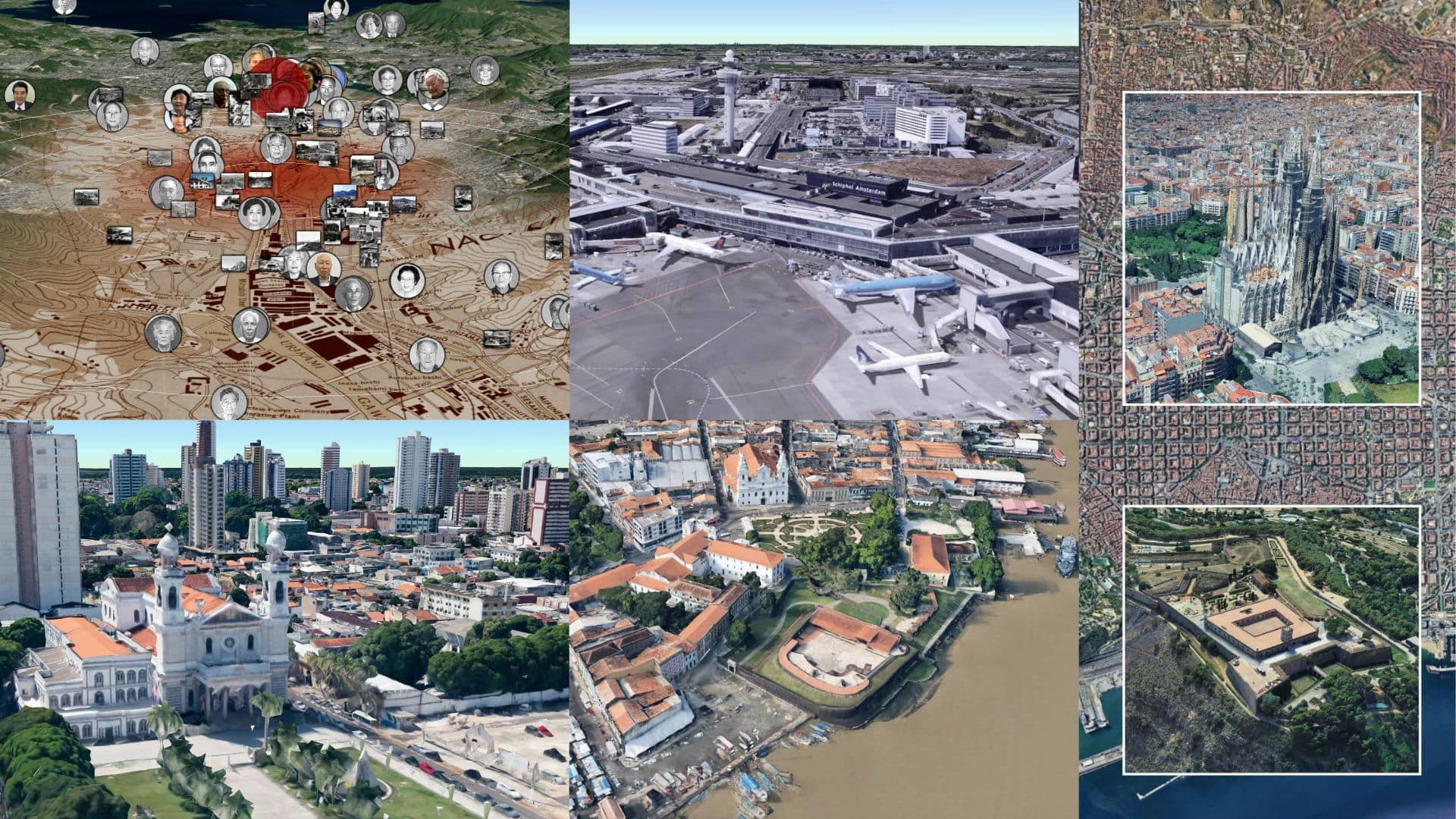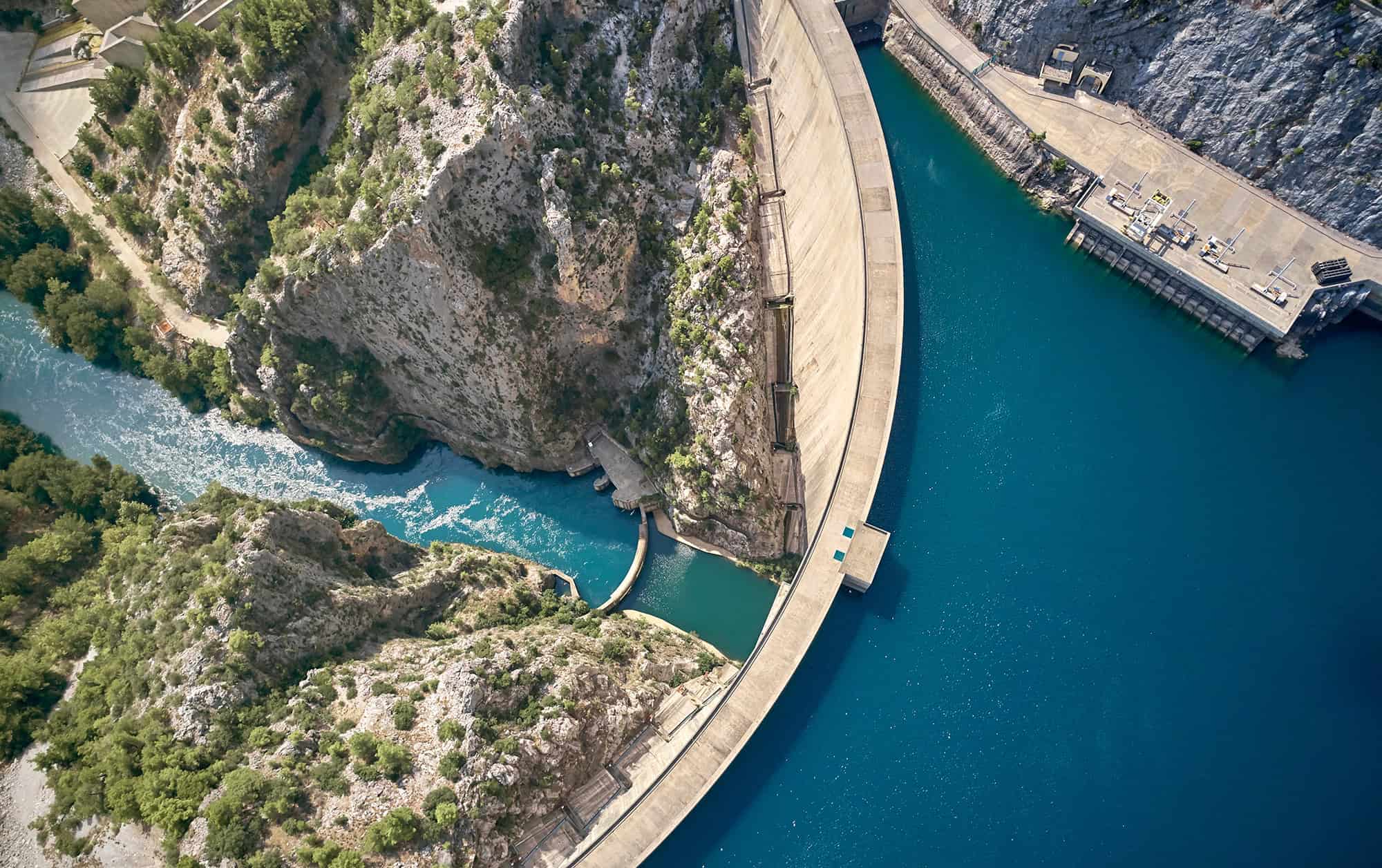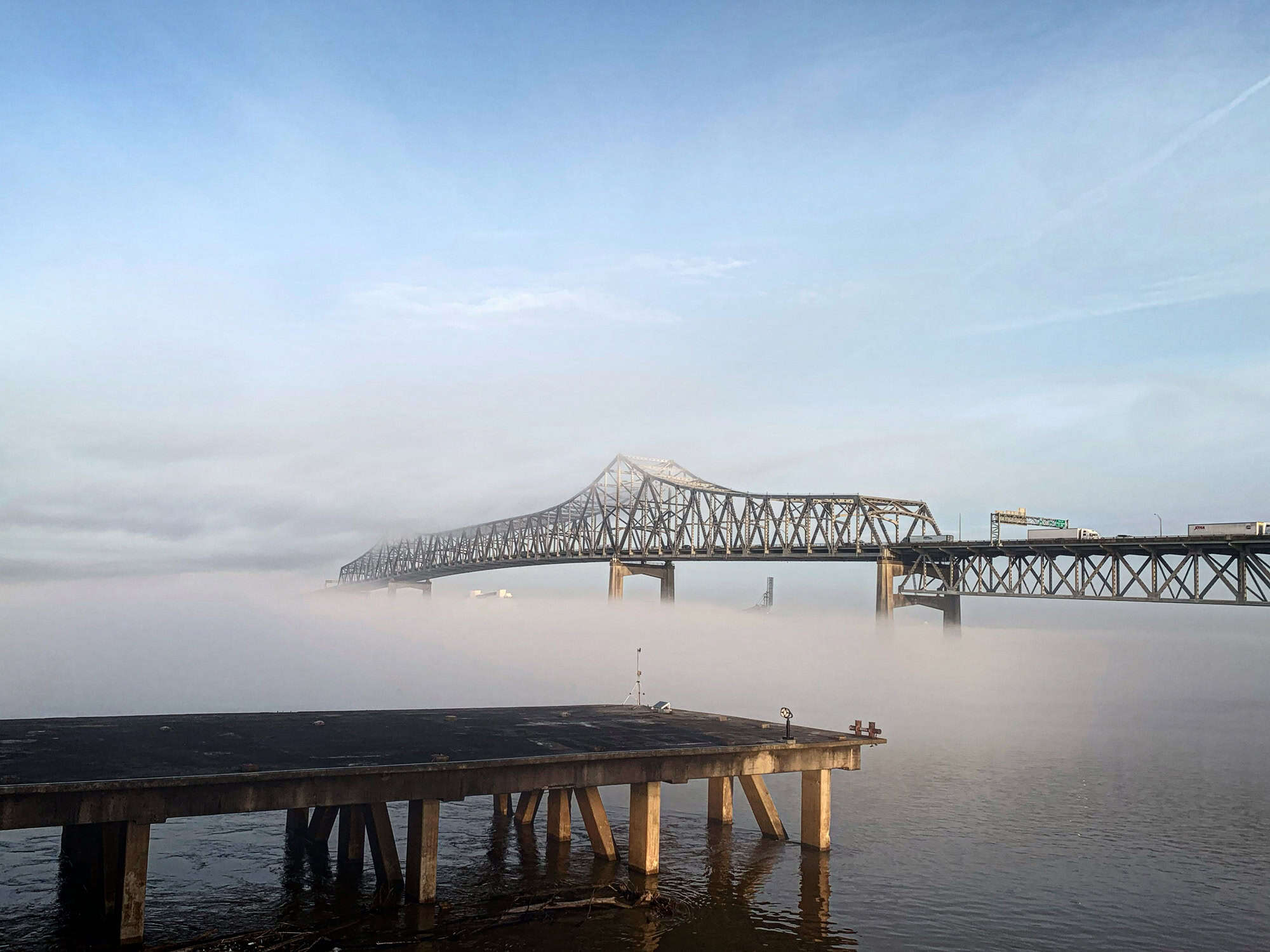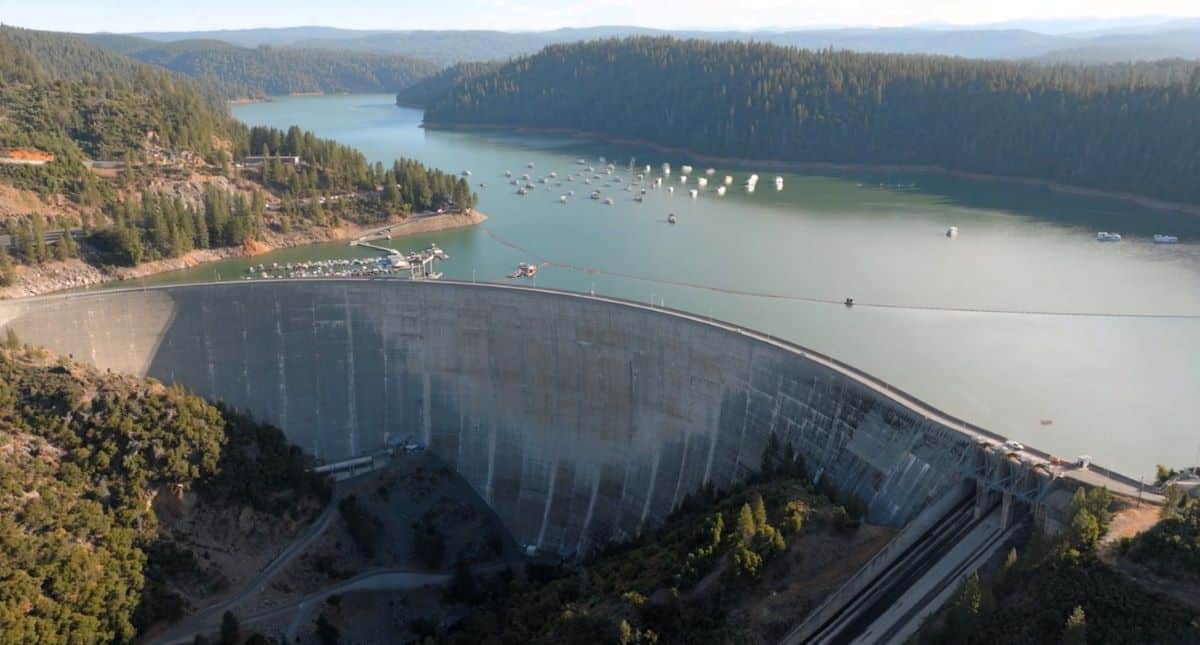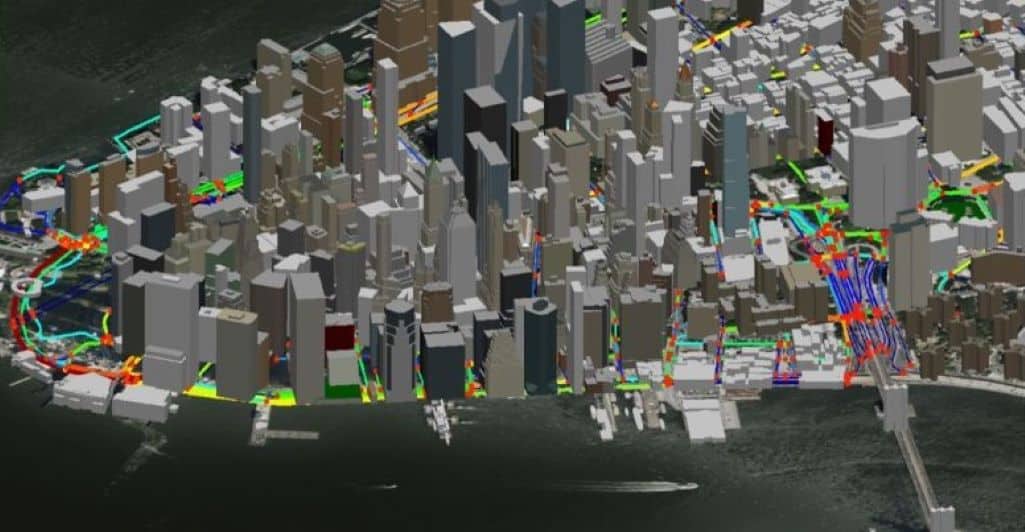“It was the best of times, it was the worst of times…” is one of literature’s most memorable opening paragraphs which also includes the contrasts of wisdom & incredulity, light & dark, and hope & despair (from Charles Dicken’s, A Tale of Two Cities). My story has just one city, but its variability of water supply is so extreme, I think Mr. Dickens might forgive me for the comparison, especially as the wisdom, light, and hope shines through.
Joinville is a colorful city of some 600,000 people of Portuguese, German, Swiss, Norwegian, and Italian descent in one of Brazil’s southernmost states, Santa Catarina. It is known as a major industrial and commercial center, and with high urban development and relatively good infrastructure, Joinville has one of the highest standards of living in Latin America.
At first glance, water seems to be everywhere in Joinville. With the Atlantic Ocean forming the eastern border for the State, and with high mountains to the west, major rainfall events are common. River systems cut paths through dense vegetation, with the Piraí River dominating the landscape and providing an essential artery to pulse life into the city and its residents. The landscape is beautiful, rugged, and it is clear to see that water and Joinville are inextricably linked. With access to water ‘the best of times’ is well within reach.
Managing Water Demand When Supply is Very Volatile
But here’s where the romance in this story takes a dramatic turn. Joinville’s mountainous backdrop creates steep catchments and when high-intensity rainfall hits these slopes during the summer months, the result is fast-moving brown water racing towards the Atlantic Ocean. This is not where you will find deep, meandering rivers all year round. The Piraí River is the city’s most critical for water supply. Flows within its rain-fed channels could be described as highly variable or spikey, but a more appropriate word here might be “unpredictable”.
On the other end of extremes, Joinville experiences an annual dry season during the winter months which dramatically decreases water flow in the Piraí River. These periods of drought have intensified in recent years, and in 2020 Joinville faced the worst water crisis in 30 years. These periods of drought have intensified in recent decades and in 2020 Joinville came close to the ‘worst of times’, as a water crisis hit at extremes that had not been seen for a generation. What do you do when a critical resource is at risk?
Quality of Life Affected by Clean Water Access
Access to clean water is essential for the quality of life for the people of Joinville for all the usual reasons, such as drinking, personal hygiene, cleaning, and cooking. But it runs deeper than that for those without the means to obtain alternatives as it affects health, education, and employment. Water provides a dignified life.
The organization charged with managing the unpredictability of sporadic rainfall events, floods, and higher frequency droughts is Companhia Águas de Joinville (CAJ). With so many moving parts, and enormous responsibility to provide access to clean water and effective sanitation for residents, the water crisis of 2020 was a pivotal moment where something had to change.
The story of managing the extreme variability in Joinville’s water supply has been told in a short video as part of the BBC StoryWorks Commercial Production series ‘Beneath the Surface’. This series explores our connections to water and looks at today’s most pressing challenges. The series sought case studies where technological innovations were applied to safeguard, monitor, and manage water to create a brighter future for those that rely on it. The technical innovation in the Joinville story and the resultant benefits to residents make it an ideal case study.
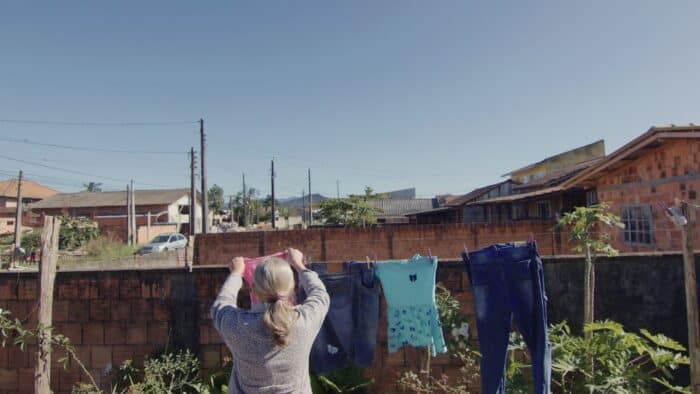 Residents of Joinville, Brazil depend on water sourced from the Piraí River. Lack of access to clean, potable water disproportionately impacts the lives of economically disadvantaged populations in the area.
Residents of Joinville, Brazil depend on water sourced from the Piraí River. Lack of access to clean, potable water disproportionately impacts the lives of economically disadvantaged populations in the area.Creating a Digital Backbone has Significantly Reduced Risk and Uncertainty
The solution to address extreme water supply availability and increasing drought frequency started with CAJ initiating a strategic modeling project in 2020. The goal was to create a digital twin of the system to better understand how the supply system works, and to evaluate options for making it better. Consider the multitude of variables at play here: extreme variability in rainfall, river flows, water treatment logistics, storage levels in different regional reservoirs, demand variability across the city, and various network activities including upgrades and maintenance, as well as unplanned outages. This puzzle has many pieces – and those pieces are constantly changing.
From the operation center at CAJ, the entire system can be visualized, including telemetered data on reservoir levels and flows, river levels, treatment plant status, incidents, and alerts. The one-system approach has connected operations and engineering teams, to be far more collaborative than was previously possible.
This allows CAJ forecasting abilities for future-state scenarios. Here’s where our water management unpredictability problem becomes a bit more manageable. Many potential network solutions can be simulated to select an optimum future outcome, including for drought management. During dry conditions for example, CAJ can evaluate the consequence of moving stored water from one part of the system to another (and there are a lot of scenarios possible in a network with 2,300km of infrastructure).
For each possible solution, CAJ gets an instant, accurate prediction of the ‘domino’ effect of the decision such that it can be actioned, refined, or rejected to seek a better solution. In fact, the first solution that CAJ considered would have been misguided if they had not confirmed (or disconfirmed, actually) the viability of it. If they had gone ahead with their initial idea, it would have cost them nearly US $1 million, and it wouldn’t have actually solved their challenge.
All these potential solutions can happen in a digital environment without exposing any buried infrastructure, wasting any water, incurring high costs, or affecting the lives of those that rely on water. It’s a much better approach, economically as well as for the safety of residents, to try new ideas digitally before making any changes in the real world.
Taking the First Steps Toward a Digital Future
For those responsible for delivering water services, the challenge was clear: bring technologies together to safeguard, monitor, and manage water that is vital to the city and its people. CAJ are committed to bringing clean water and well-being to their consumers 100% of the time.
Starting by bringing all the data together, digital twins can be produced for all the infrastructure components, i.e., the clean water supply network, the wastewater system, flood modeling, and all hydrological processes for rivers and streams, with Bentley’s OpenFlows software solutions as the central piece for their smart water approach.
The best part of this project goes beyond the technical implementation, though. The best part is how the technology allowed CAJ to apply their culture of innovation within the organization. They were able to evaluate different types of problem-solving, and understand the impact of their possible decisions in a way that helped them create more effective and resilient infrastructure.
The new contingency plan redistributes water across two sources – Cubatão and Piraí – guaranteeing water supply during severe drought, as well as improving overall water distribution to the entire city. As an added benefit, the proposed solution required less capital investment for implementation because they were able to optimize flow between city sectors utilizing the existing network, and removing the need for costly additional piping and pumping (saving BRL 4.5M).
The established contingency solution reduced production by 30%, equivalent to 170 liters per second in the fragile Piraí water source. This mitigates the effects of drought, benefitting 150,000 area residents. It also simultaneously resolved issues within the Cubatão system, reducing water loss in critical district metered areas by 40,000 cubic meters per month, and water shortage complaints by 90%.
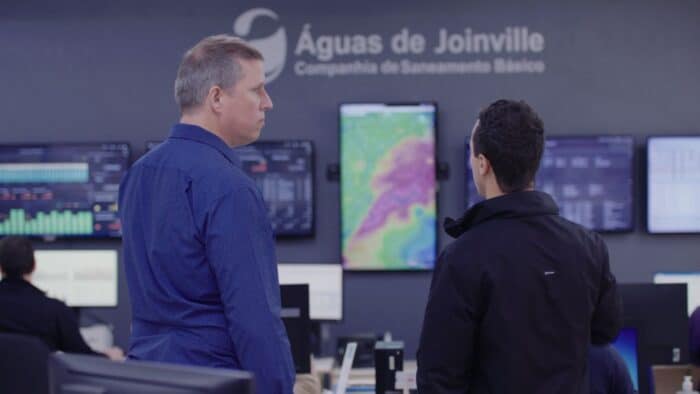 Companhia Águas de Joinville partnered with Bentley and used OpenFlows software solutions to bring data from multiple systems together to safeguard, monitor, and manage their water infrastructure.
Companhia Águas de Joinville partnered with Bentley and used OpenFlows software solutions to bring data from multiple systems together to safeguard, monitor, and manage their water infrastructure.A Personal Perspective
To see first-hand the human impact that CAJ is having by applying new technologies is tremendously rewarding. I’m grateful to know that the work that my colleagues and I do at Bentley is part of a bigger, more complex set of human endeavors, to solve hugely important problems like Joinville’s access to water during drought season.
As engineers and technologists, we are used to thinking about data connections between different sources, and physical connections within complex networks of pipes – but seeing the connections between these systems and the quality of life for Joinville’s residents is an inspiring reminder of the impact that technology – and the professionals who use it – have in the real world. Digital solutions are helping tackle challenges around the world, like the extremes in water availability for the city of Joinville, Brazil, and digital advancements are accelerating better decision-making to continuously improve the infrastructure that delivers an improved quality of life with every drop of water it conveys.
While I am confident that Dicken’s story did not have digital advancement as a major plot line, I have seen the real-world impact that technology has enabled for water supply in Joinville. This does include wisdom, light, and hope – and that’s getting close to a classic story for me.
